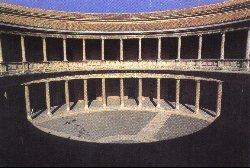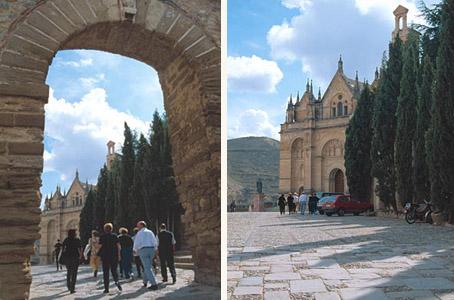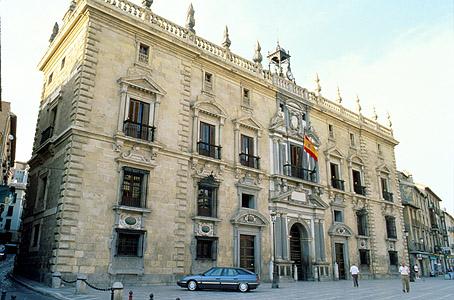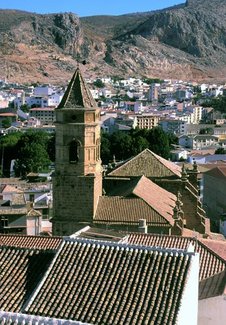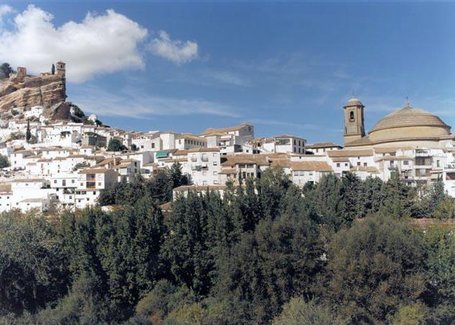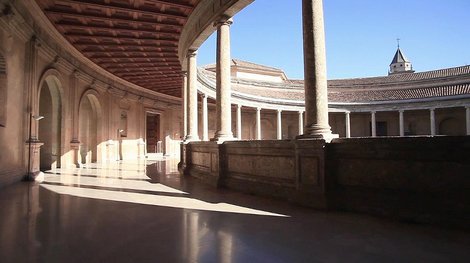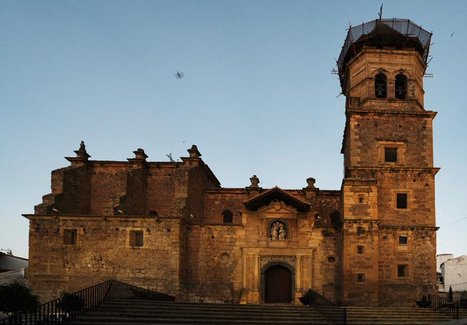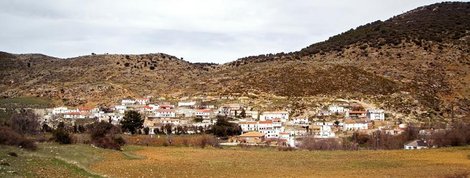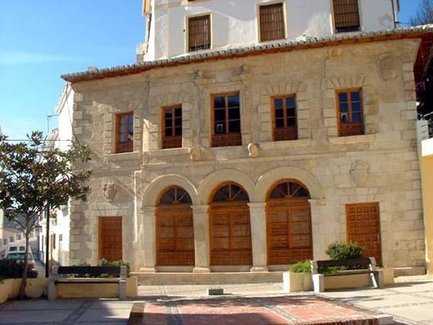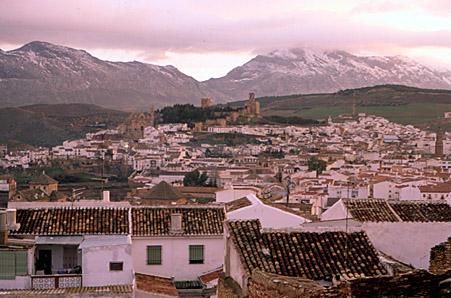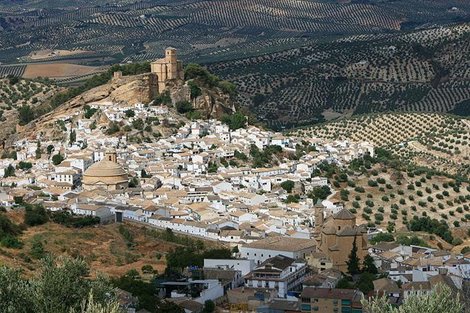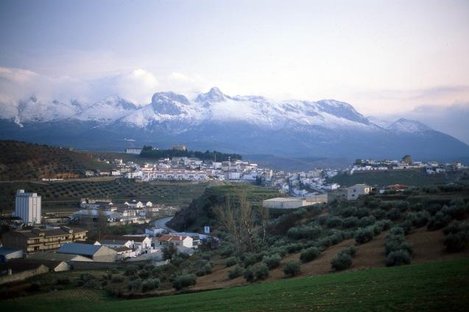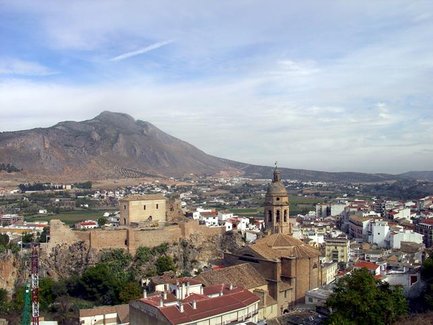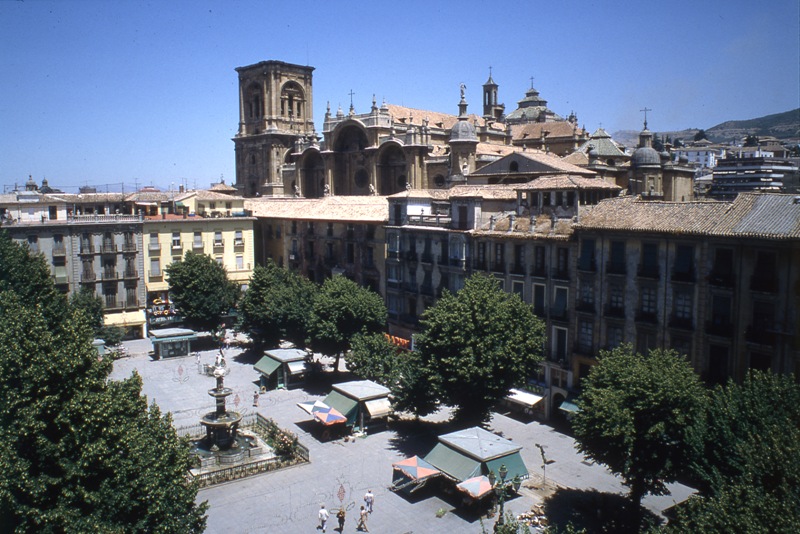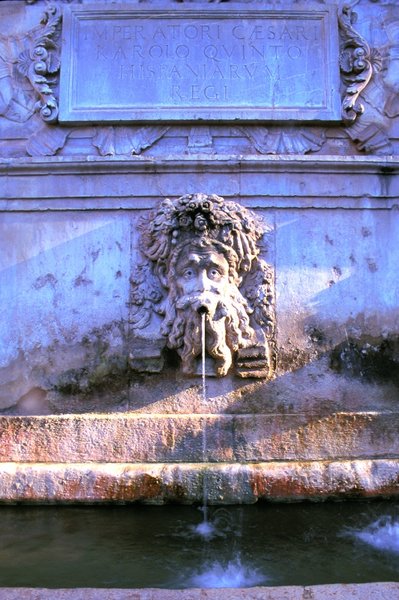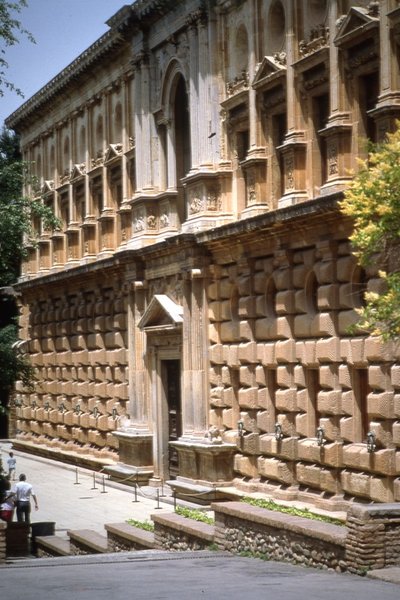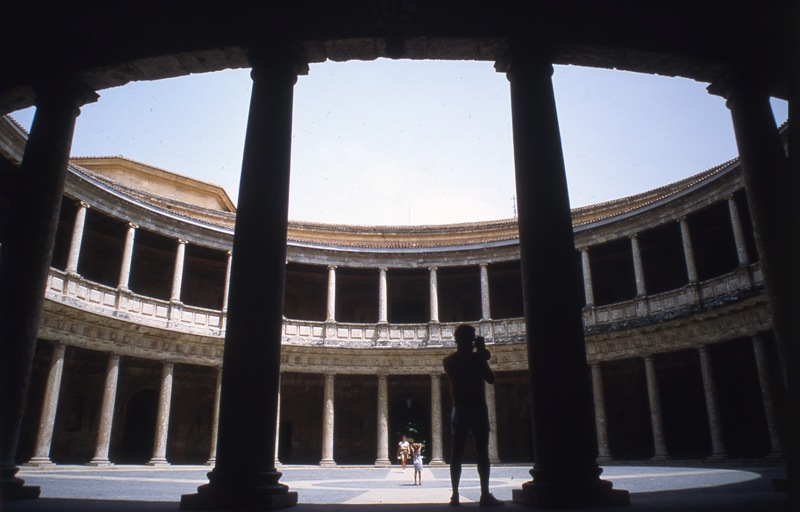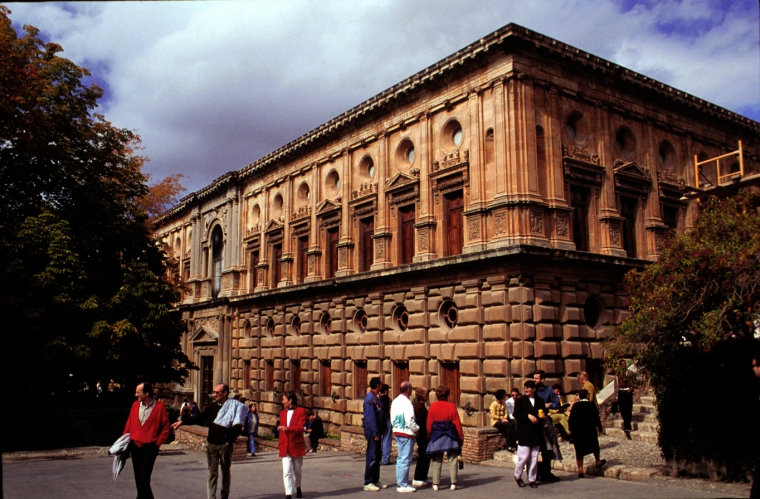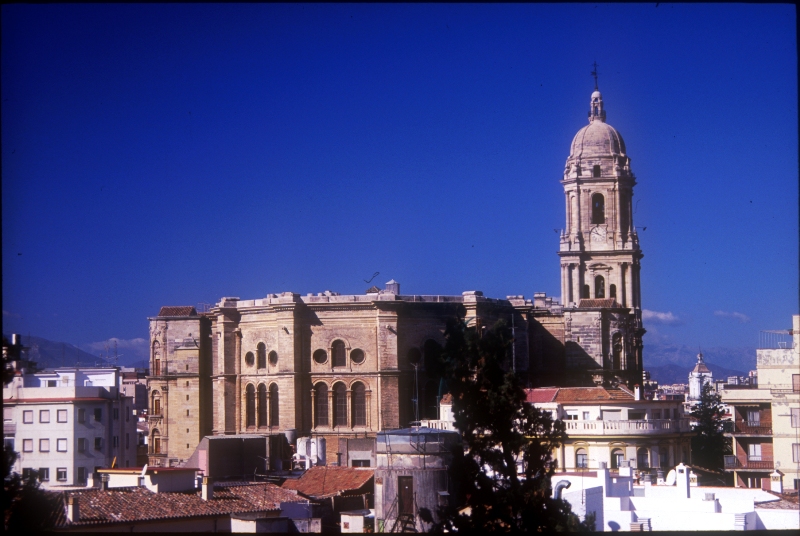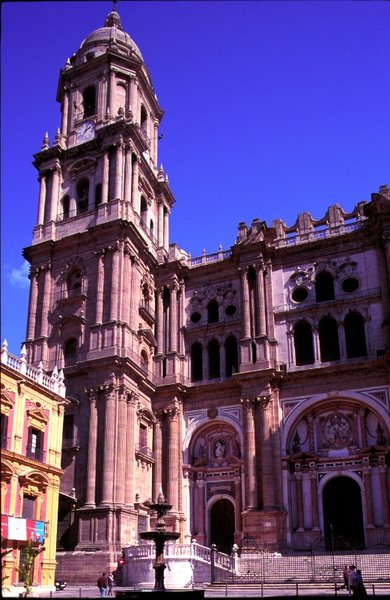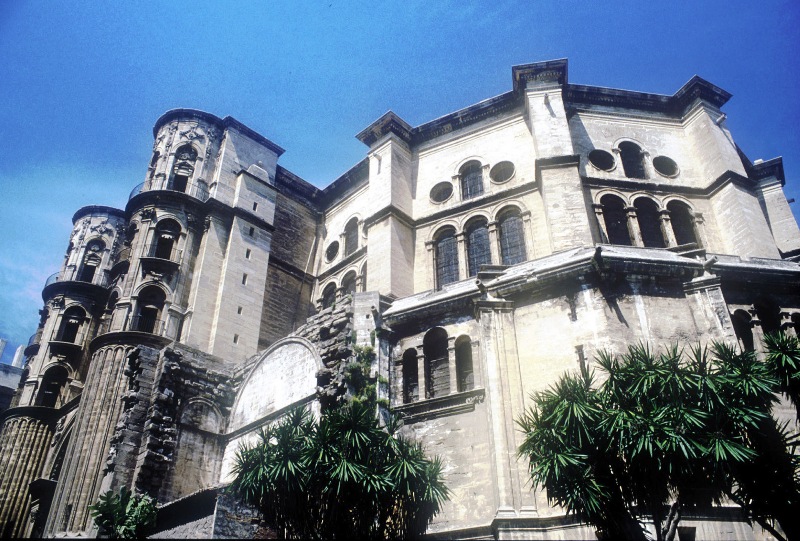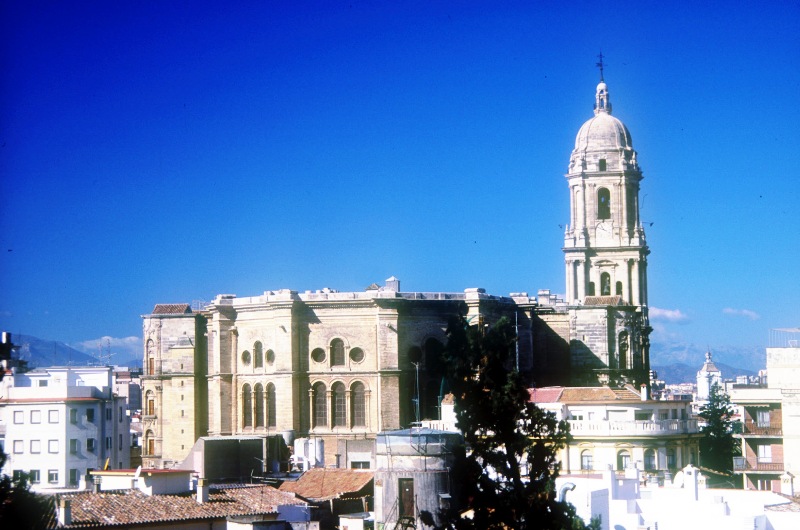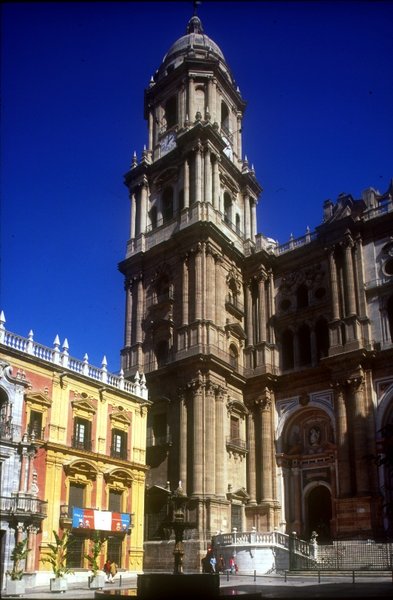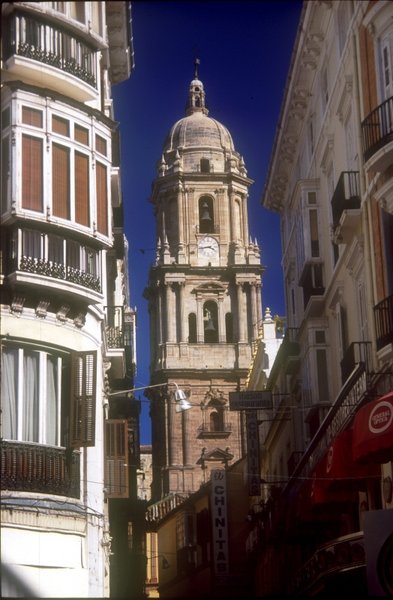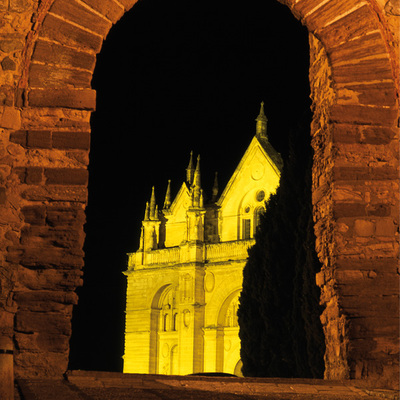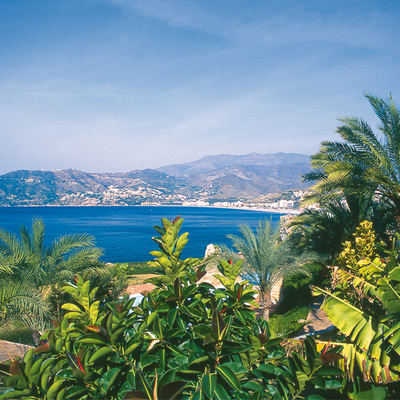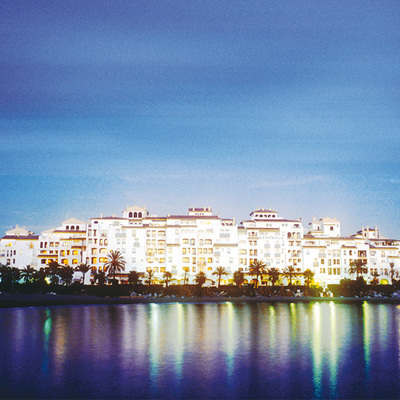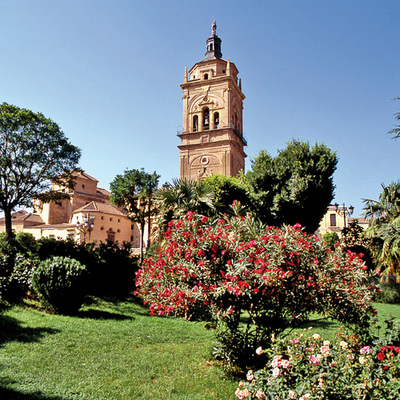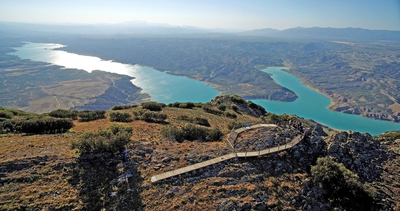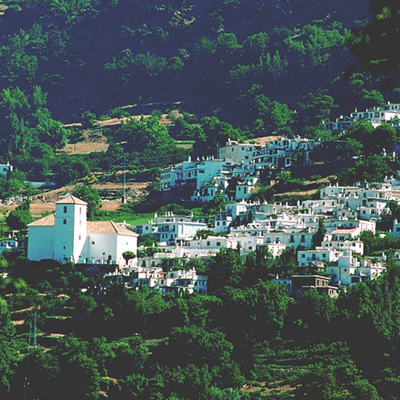The Palatial and the work of Siloé. Granda and Málaga.
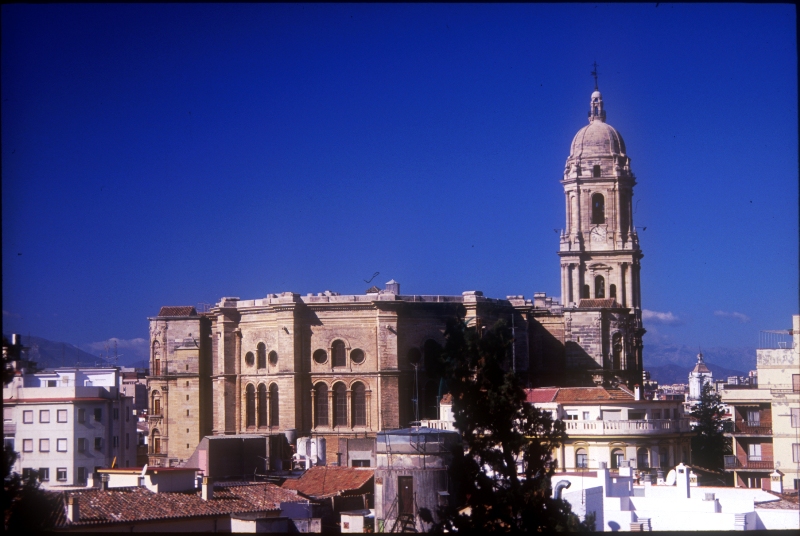
After the fall of Granada in 1492, King Ferdinand and Queen Isabella desired to underline its importance with a series of buildings, among which is included their own tomb. Their grandson, the Emperor Charles V, continued this process of the "Christianisation" of its architecture with more buildings in which Renaissance art proclaimed the empire, turning Granada into a palatial city with many works by Diego de Siloé.
The most outstanding Renaissance work in Granada, and possibly in all of Spain, is the Palace of Charles V, designed in 1526 by Pedro Machuca in the heart of the Alhambra as a symbol of new power. Further additions in the precincts of the Nasrid kings are the Pillar of Charles V by Niccolo da Corte and the Door of the Pomegranates.
Other examples of note in civil architecture showing the transition from the Gothic to the new "Roman" influence are the Hospital Real, designed in 1511 by Enrique Egas, and the College of Noble Young Ladies (Colegio de Niñas Nobles) by Juan de Marquina, who was responsible also for the facade of La Curia (old university, founded by Charles V). The Chancillería already presents a mannerist facade (end of the 16th century) by Francisco del Castillo. Under domestic architecture, worthy of note are the Casa de los Tiros and the Palacio del Marqués de Caicedo, in the mannerist style.
For religious architecture, there is one fundamental building: the Cathedral. Over Gothic ground plans by Egas and Gil de Hontañón, Siloé designed a new concept of the Renaissance temple in 1528, and this can be seen mainly in the Royal Chapel, the Main Chapel and some facades. An outstanding work is the church of the San Jerónimo Convent, and its sepulchre of El Gran Capitán (the top of which was designed by Siloé en 1528). The artistic transition may be seen furthermore in the Church of Santo Domingo at the Convent of Santa Cruz la Real (with a plateresque facade) and in the facades of some Mudéjar churches (San Cecilio, San Gil, San Miguel, San Ildefonso or Santa Ana), most of them by Siloé and Juan de Maeda.
Whereas Granada is the principal example of imperial architecture, the churches of some of the provincial towns are proof of the building spree undertaken by the bishops in view of the avalanche of conversions. Thus, the parish churches in Iznalloz and Montefrío are Renaissance examples by Siloé, as are those of Illora and the church of San Gabriel in Loja. In Antequera, in the province of Málaga, there is the Colegiata de Santa María la Mayor, the first Renaissance building in the Kingdom of Granada. The Cathedral of Málaga is on this route. It was designed in 1528 as a Gothic temple by Egas and Pedro López. However, the project was modified in 1541 by Siloé and it was continued by other Andalusian Renaissance architects, such as Diego de Vergara and Andrés de Vandelvira.

